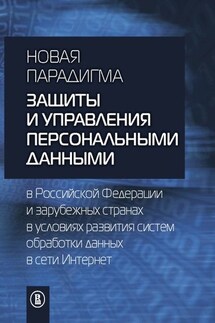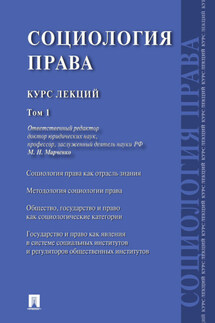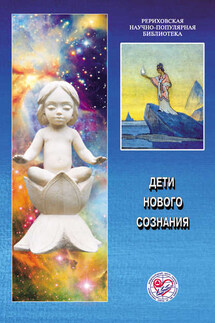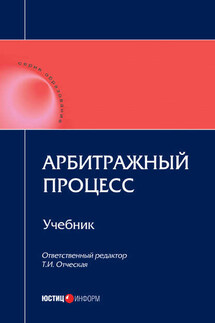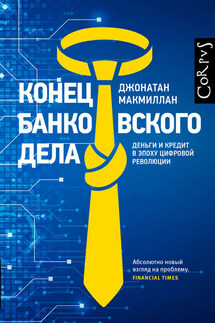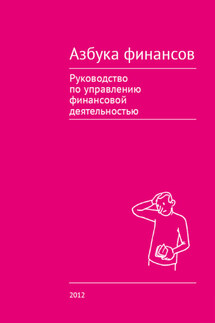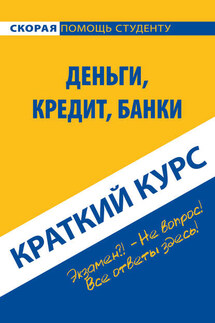Money, money circulation and credit - страница 4
Thanks to cashless settlements generation including payments made on electronic devices the independence of money enhanced widely.
From the great antiquity we can follow the proofs that money performed three basic functions:
1) the standard of value;
2) the instrument of circulation;
3) the store of value.
The first money function is the function of value standard or in simple words of unified product worth measurer for sellers and buyers. In order to define the value of any good it should be compared with some quantity of money. However it must be borne in mind that money don’t make goods comparable because the last are the products of human labor and have homogeneous base of comparison – abstract labor.
The value of good expressed in money is the price of good. The price or monetary commodity form, ideal form with only an idea. Only the good with a relative form of value can have a price. Money do not have price, their cost couldn’t be defined by the money themselves. Instead of price money have a purchasing power expressed in an absolute quantity of goods which could be purchased on them.
After money invention people could find them usage only because they made one more great invention: all the goods could be compared to each other on the basis of their relative value and the value itself could be expressed by means of unified measurer – money. For the commodity-money operations different monetary units are used – tenge, dollars, marks, etc. These units measure and compare value of commodities. This function of accounting money is called standard of prices.
Money as a standard of value is homogeneous what is very important for counting and record keeping of implemented transactions. Expressing prices in dollars and cents people can compare and equalize the value of different goods immediately and freely.
If one good costs 20 tenge and the other 10 then the relative value of these goods is evident. Let’s say that our economy system doesn’t have a standard of value. In this case instead of definite price expression of each good in tenge we would form proportions of exchange of each good and service on each other good. For different goods and services the quantity of possible combinations is quite great and the good’s price determination becomes quite difficult.
Between money as a standard of value and money as a standard of prices the substantial differences exist. Money as a standard of value relates to all the other goods, it appears spontaneously, changes in accordance with the quantity of social labor spent on money commodity production. Money as a standard of prices is specified by the State and acts as fixed weighted quantity of metal changing with the cost of this metal.
Initially the weight content of the monetary unit coincided with the standard of prices what reflected in the names of some monetary units. Thus in past the English pounds sterling really and truly weighted one pound of silver. During the gold circulation the standard of prices supposed the monetary unit determination equal to the definite quantity of gold. In the USA in 1900 one dollar was equal to 1.50463 g. of pure gold but during the following devaluations of dollar the content of gold fell triply: in 1934 to 0.889 g., in December of 1971 to 0.818 g. and in February of1973 to 0.737 g. In the course of historical development the standard of prices separated from the weight content of monetary unit.
